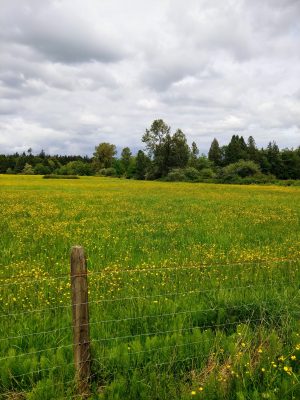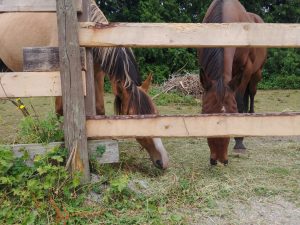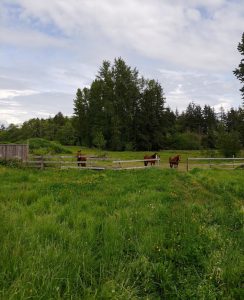Sensory Experiences in Equine Assisted Counselling
Sensory Experiences in Equine Assisted Counselling
One of the ways that equine assisted counselling supports kids and youth is the sensory aspect. Horses and the places they live provide a lot of sensory feedback. The smell of a horse, the sounds they make as they graze or walk, the feel of their fur, the dirty hands. There’s also a natural slow down that seems to take place when kids come to the barn. Being outside, in nature, invites kids to slow down and observe. Almost every client I’ve had over the years has commented on the sounds around them (the birds singing, the noises Scout makes or the quiet), the seasonal changes of the surrounding forests and pastures. Many of these kids are coming from busy environments like city living, a full schedule, or the bustle of family life, so a few minutes in the quiet company of Scout can be a much needed pause.

Scout “hums” sometimes when he walks, and if kids are lucky enough to catch him on a day when he’s in the mood to hum it can be pretty funny. He also makes all the regular horse noises (some not suitable to mention, but kids often get a kick out of them all the same).
The sensory experience of being around horses is really different for different kids. Some kids struggle to get used to the feeling of mud or dirt on their hands, clothes or shoes. Some kids don’t get much quiet at home and while often the lack of noise or chatter might be a bit uncomfortable at first, it can turn into something they crave and they learn to find space at home to get that quiet. Some kids already love the sounds and smells of horses and feel comforted by them.
Getting used to all the sights, sounds, smells, and feelings can be a therapeutic goal in itself. But other kids find the sights, sounds, smells and feelings create a space that allows them to access something they can’t necessarily reach in another environment. Some kids feel peaceful, some feel curious, some feel empathetic and connected. I usually try to see how a child is responding to the environment and to Scout and then decide where to go from there. We might talk about how they can achieve similar experiences at home. We might talk about how to work through feeling uncomfortable or dealing with unwanted sensory experiences. We might practice being uncomfortable (walking through muddy fields, leaving our hands dirty for a while, being silent for a bit). Or we might just spend some time noticing our environment.

